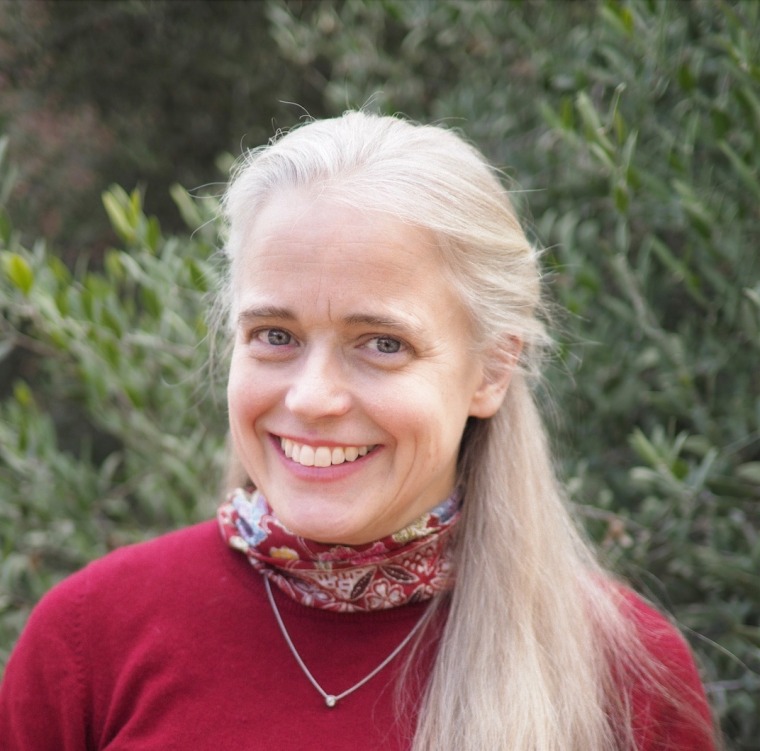Brenda Frye
Brenda Frye

Dr. Frye's research concentrates on understanding how galaxies and galactic structures form and evolve in the universe. Of the many approaches, the one she has chosen is to observe distant galaxy fields situated behind massive clusters of galaxies. Large masses such as galaxy clusters act as lenses in space, boosting the brightnesses and sizes of all objects in the background. This lensing effect enables the study of distant galaxies that are intrinsically too faint to see in the field. She searches for those cluster lenses with the highest star formation rates in the background galaxies integrated over a given field-of-view, to maximize the search for transients. To accomplish these research objectives, she conducts observations using large telescopes on the ground and in space such as the Large Binocular Telescope (LBT) and the James Webb Space Telescope (JWST). One JWST program as Principle Investigator (PI) resulted in the discovery of one of the most distant Type Ia supernovae. This image of this object, called "SN H0pe," is "photocopied" into three different locations, each one detected at a different time during its explosion. Measuring the difference in the arrival times resulted in an independent inference of the current rate of the expansion of the universe.

